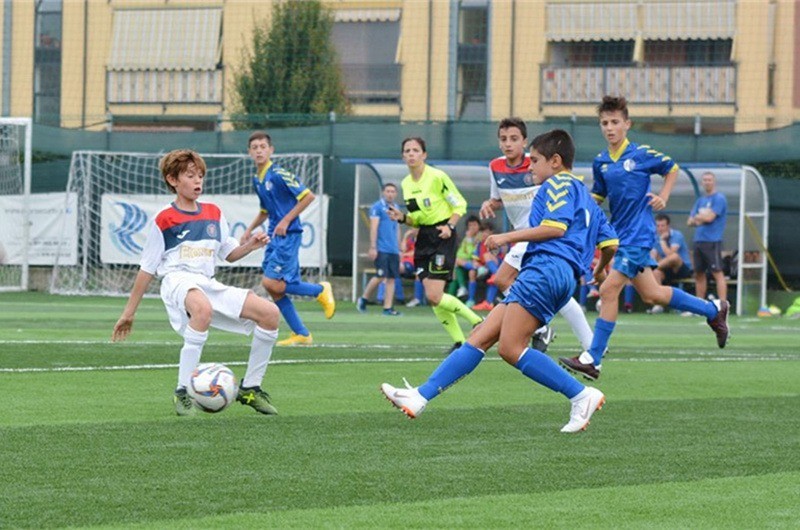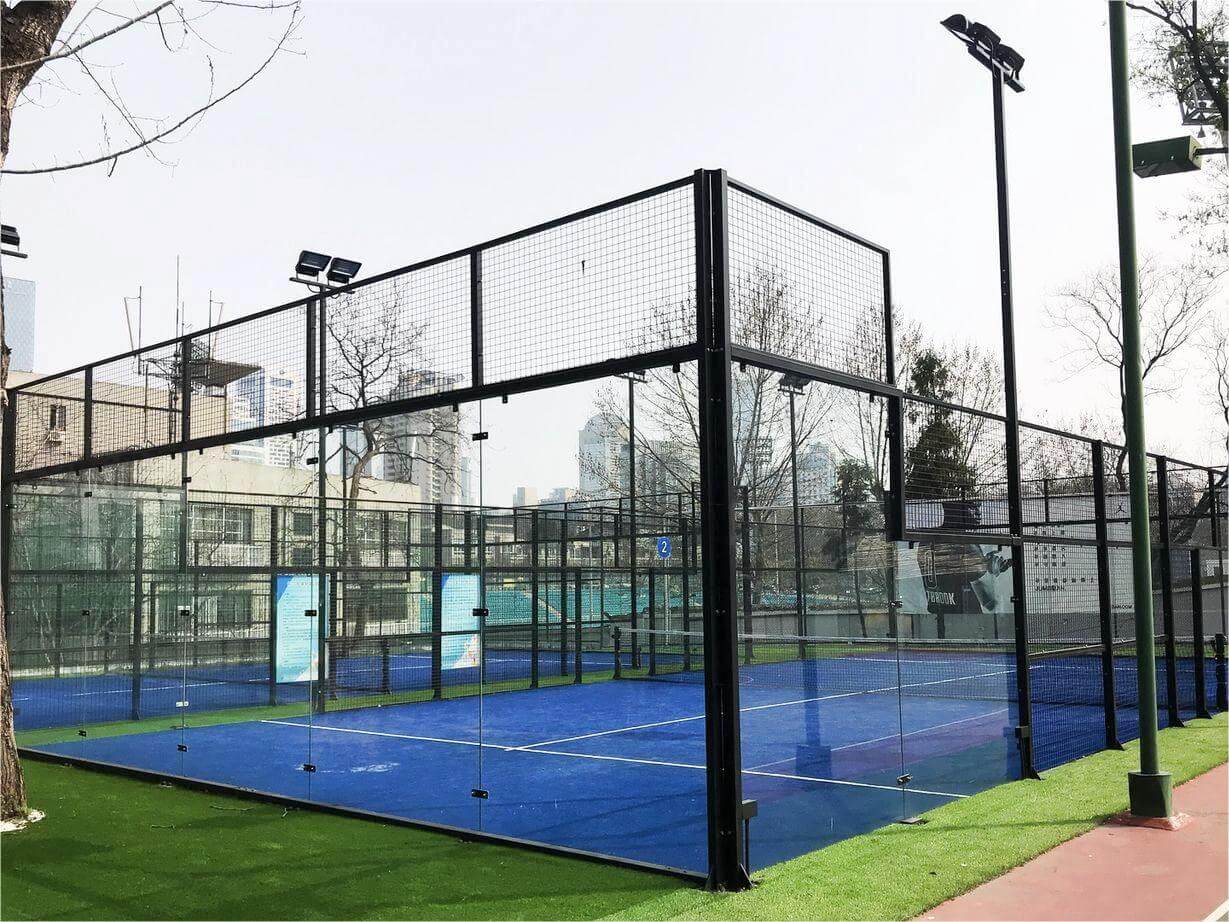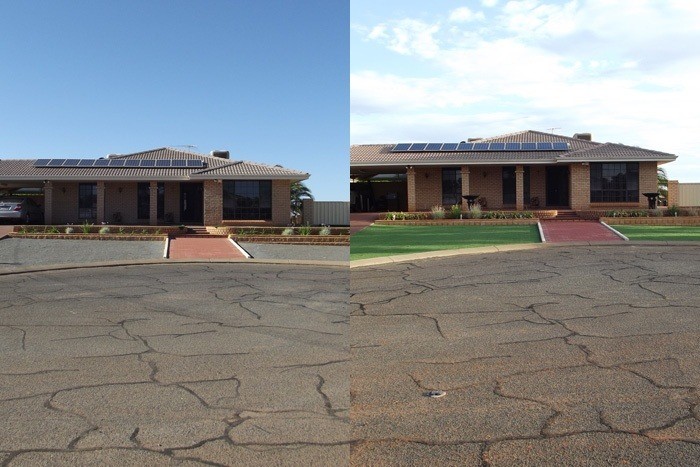Proper base preparation is crucial for the successful installation of artificial turf in your garden. Often overlooked, these essential steps play a significant role in ensuring optimal drainage and a durable foundation. In this article, we will outline the key steps to follow when preparing the base for landscape grass installation, providing you with the necessary knowledge to achieve a professional and long-lasting result.
1. Assess the Ground Type:
The first step in base preparation is to identify the ground conditions and soil type of the area. This assessment is critical as it determines the drainage capacity and guides the selection of appropriate sand or stone aggregate. Understanding the ground type early on will help determine the extent of the preparation work required.

2. Remove Existing Organic Material:
After surveying the area, it is essential to remove any existing organic material. To create a standard base construction, the removal of organics to a depth of 50mm is necessary. A turf cutter is the recommended tool for efficiently extracting the natural turf layer and underlying root materials.

3. Add Sand or Stone Aggregate:
For ground composed mainly of sand-based soils with good drainage, a standard base construction involving a layer of 50mm sharp sand is suitable. As a general guideline, this typically requires approximately 80kg of sharp sand per square meter. However, if the soil consists of clay and has restricted drainage, an additional stone layer subbase is necessary. This subbase should consist of a standard type 1 stone with a depth ranging from 50mm to 100mm.

4. Compact the Surface:
Once the layer of sharp sand is laid, the surface needs to be compacted to establish a stable base for the artificial lawn. An electric compaction plate is an ideal tool for this task. In case any creases are present, a straight piece of timber can be used to level the surface effectively.
5. Consider Adding a Geotextile Layer (Optional):
To protect the artificial turf from potential organic growth penetration, the installation of a geotextile layer is recommended. This layer can be placed either above or underneath the 50mm layer of sharp sand, providing an additional safeguard against unwanted vegetation.
Conclusion:
With the base suitably prepared, you are now ready to proceed with the installation of your artificial lawn. Following these essential steps will ensure a well-drained, stable, and long-lasting foundation for your landscape grass, ultimately enhancing the overall aesthetics and functionality of your garden.




